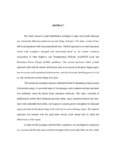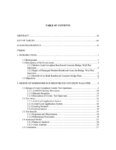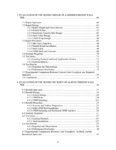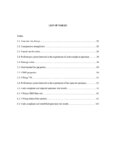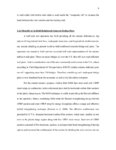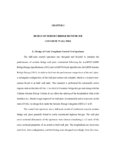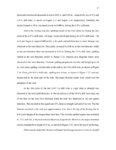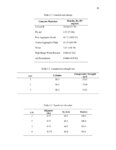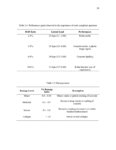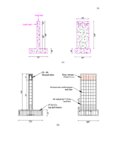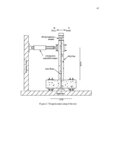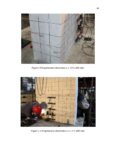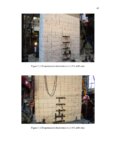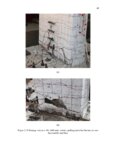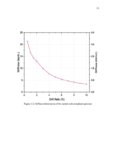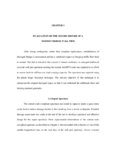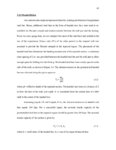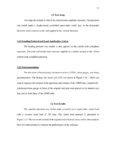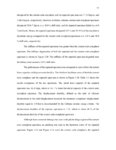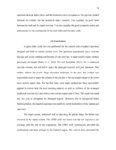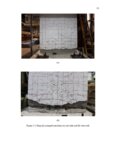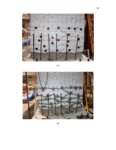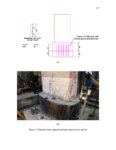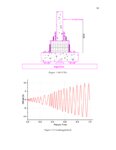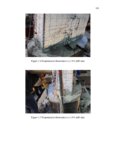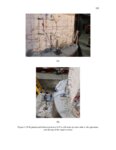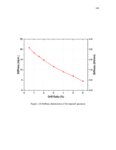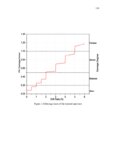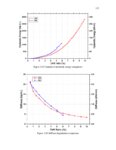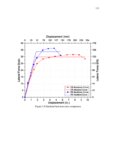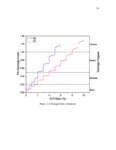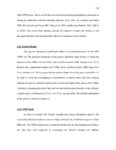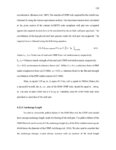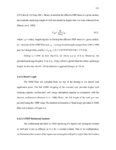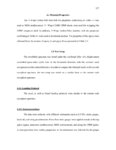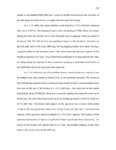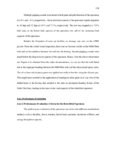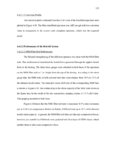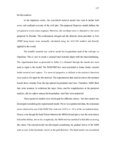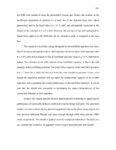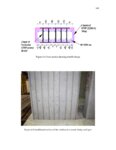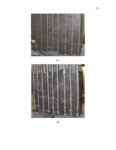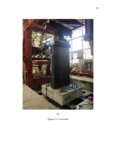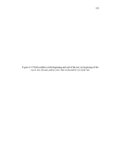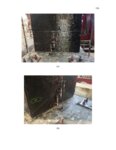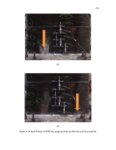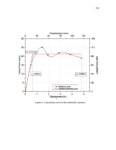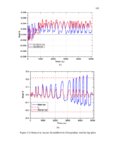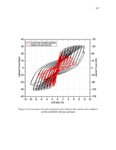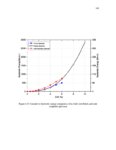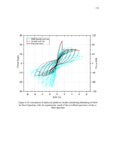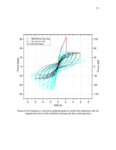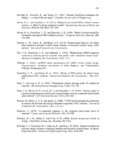| Description |
This study presents a rapid rehabilitation technique to repair and retrofit damaged and seismically deficient reinforced concrete bridge wall piers. The study consists of two half-scale specimens with three experimental tests. The first specimen is a control specimen called code compliant, designed and constructed based on the current American Association of State Highway and Transportation Officials (AASHTO) Load and Resistance Factor Design (LFRD) guidelines. The second specimen called as-built specimen, built with the seismic deficiencies such as lap splices in the plastic hinge region, low transverse and longitudinal reinforcements, and lack of seismic detailing present in old as-built reinforced concrete bridge wall piers. The tested code compliant specimen ultimately failed by dissipating a large amount of hysteretic energy. A successful repair of the damaged code compliant wall pier specimen was performed using the plastic hinge relocation technique. This repair consisted of prefabricated carbon fiber reinforced polymer shells, epoxy anchored headed steel bars, steel studs embedded steel collar, and expansive cement grout to strengthen the damaged region and relocate the plastic hinge in the wall pier to a minor damage region. The repaired specimen was retested with the quasi-static reverse cyclic lateral load to check the effectiveness of the repair. A rapid retrofit technique with the fiber composites was developed to strengthen (i.e., increase the flexural, shear, and bond strength) of the seismically deficient old as-built iv reinforced concrete bridge wall piers. This method uses Near Surface Mounted (NSM) technique with carbon fiber rod in combination with the Carbon Fiber Reinforced Polymer (CFRP) sheets and CFRP horizontal anchors. The horizontal anchors were used to provide the bond strength to the lap splices present whereas the NSM rods were installed to increase the flexural capacity of the wall. The CFRP wrap increases the confinement and prevents the premature buckling of the NSM bars. In order to check the effectiveness of the rehabilitation, a comparison study was made with the obtained experimental data. The repair method applied for the damaged code compliant specimen successfully relocated the plastic hinge and restored both the stiffness and load carrying capacity. The proposed retrofitting method for the as-built specimen also significantly improved the stiffness, flexural as well as energy dissipating capacity. |




